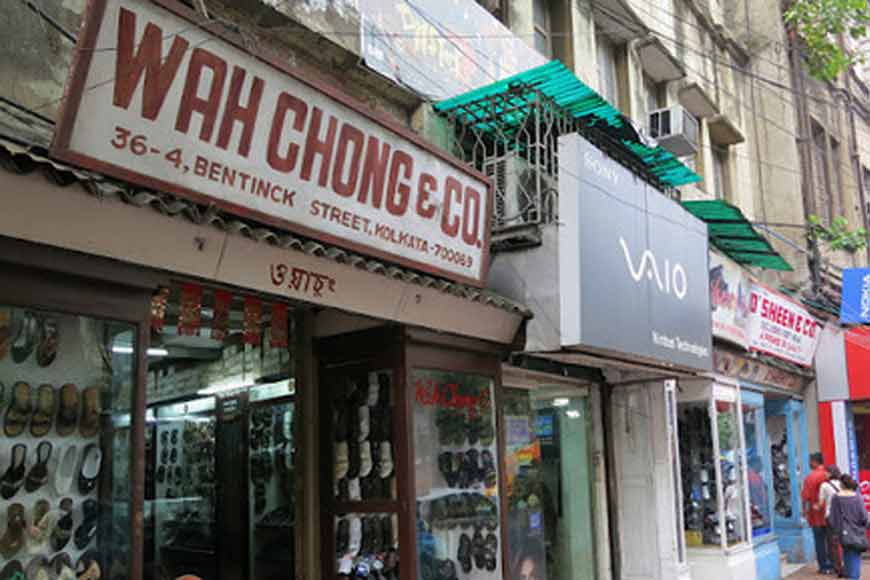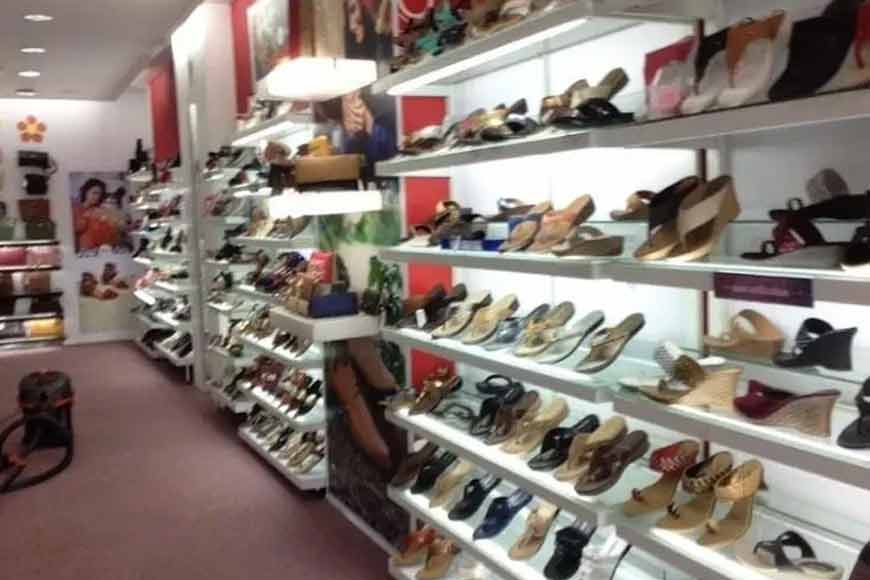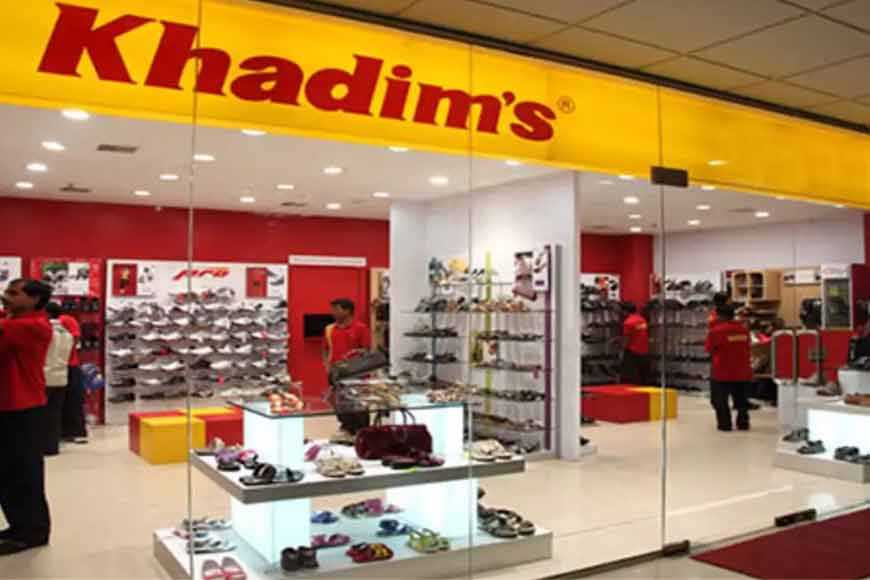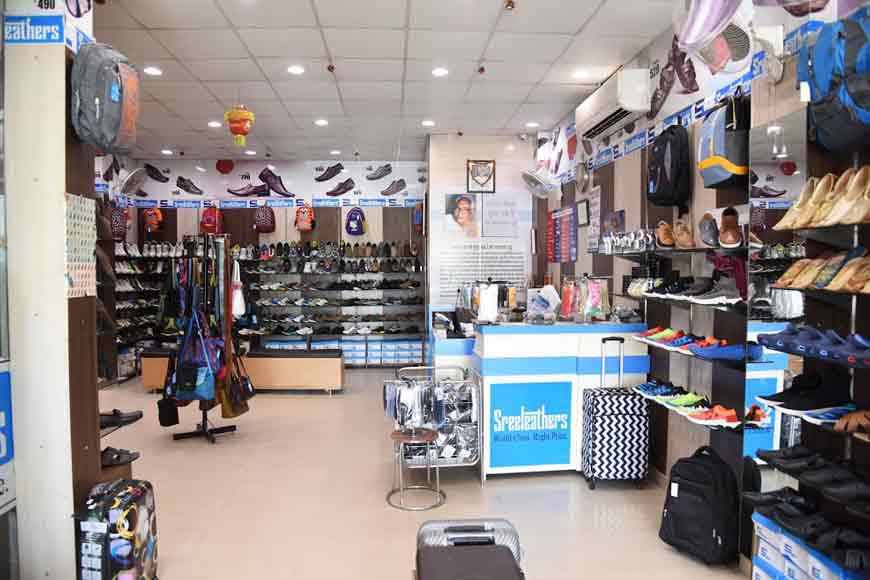Contribution of millionaire Kolkata Cobblers towards a better India

T“here has been a significant relocation of global manufacturing units followed by a restructuring of global trade in the past two decades. It seems that both in terms of quantum as well as in that of mode of participation in the global production process the role of developing countries is undergoing change” those were the words that Satyaki Roy, author of ‘Footwear Cluster in Kolkata’ had said.
The ever-developing city of Kolkata in her fast-changing economy had and still has a huge contribution in the shoe trading market and footwear makers have definitely set their foot on it. Shoemaking turned more commercialized in mid-18th century, as it expanded as a cottage industry. Traditionally by Hindu caste hierarchy tanning and producing footwear was considered to be a ‘dirty’ job and assigned to the caste known as Chamars who belonged to the Scheduled Castes. Later, Muslims and Chinese in Kolkata entered into tanning activities in Tangra‐Topsia and gradually participated in the production of footwear.
The Hakkas, a sub-group of the Han Chinese, who migrated to Kolkata and wrested their control of this business from local Muslims in the 1950s, lent a contemporary touch, and used secret techniques that made their footwear more comfortable and durable.

The Hakkas, a sub-group of the Han Chinese, who migrated to Kolkata and wrested their control of this business from local Muslims in the 1950s, lent a contemporary touch, and used secret techniques that made their footwear more comfortable and durable. But soon Chinese shoemakers started facing heavy losses due to economic and environmental issues. “There used to be a time when people from all over Kolkata and suburbs descended on Bentinck Street to buy shoes,” said Lim Chih Ju, the 78-year-old owner of shoe shop Ting Son and Co. “They no longer do.”
Traditionally by Hindu caste hierarchy tanning and producing footwear was considered to be a ‘dirty’ job and assigned to the caste known as Chamars who belonged to the Scheduled Castes.

By this time several new brands like Khadims, Sreeleathers, Ajanta entered the scene, let alone Bata. Bata was a family-owned business, founded in 1894, in Czechoslovakia. They set up their first Indian production unit in 1932, in a village named Konnar near Kolkata. Within two years, the demand for Bata shoes was so high that the production site had to be doubled in size and a township called Batanagar came up. “First to Bata, Then to School” was the famous tagline that gained immense popularity. From 1980’s, Bata faced stiff competition with Sreeleathers, Khadims, Ajanta and Paragon getting into the foray.
The ever-developing city of Kolkata in her fast-changing economy had and still has a huge contribution in the shoe trading market and footwear makers have definitely set their foot on it. Shoemaking turned more commercialized in mid-18th century, as it expanded as a cottage industry.
Also read : The colonial Park Street Restaurants
KM Khadim & Company, a footwear shop in Chitpur, Kolkata, was bought by Burman’s in 1965. By 1993, in sync with the liberalized economy, the footwear shop converted itself into a retail chain. Today under Siddhartha Roy Burman, Chairman and Managing Director of Khadim, the company runs 600 exclusive retail outlets across India and is second largest organized footwear retailer in India. “More than being a manufacturer, I love to manufacture manufacturers,” the founder, Late Satya Prasad Roy Burman of Khadims had once said. While Sreeleathers was started by Suresh Chandra Dey in Jamshedpur in early 1950s with the aim of making shoes affordable to the common man. One of his sons Satyabrata moved to Calcutta in 1985-86 to open a 700sqft store in Lindsay Street that has now grown to 35,000sqft. They have retail stores all over India.

Several other footwear companies followed the footsteps of these successful shoe retailers of Kolkata and the city today boasts of Millionaire Shoe manufacturers catering to the whole of India. That’s the success of Bengal’s entrepreneurship that makes and nurtures ‘Manufacturers of India.’










